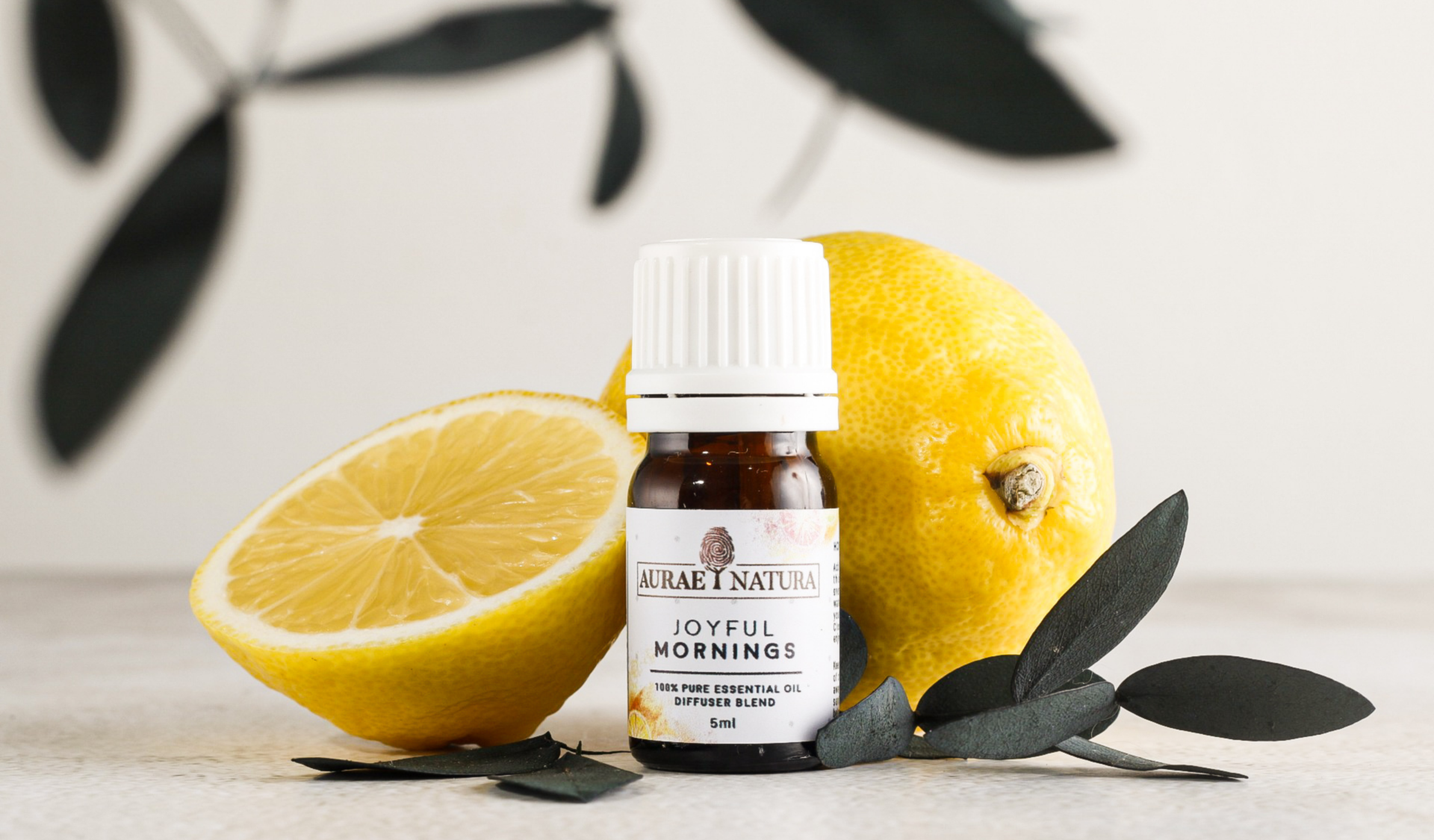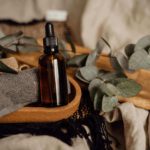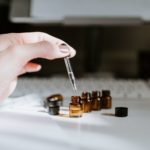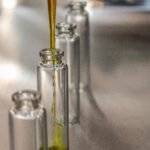A LEARNING GUIDE


Getting TO know essential oils
The first time I tried digging deeper into the world of essential oils and aromatherapy, I found myself in awe of its complexity and capacity to support our health.
Essential oils before we refer to it as such is the “essence” or the aromatic substance found in specialized cells of certain plants. It can be found in the, leaves, flowers, fruit, rinds, bark, etc. and are naturally produced by the plant for various reasons like protecting itself from pests or attracting pollinators. After the process of extraction, these “essences” or aromatic substances are then called essential oils and are what we find available for us to use usually in small amber bottles.
HOW ARE ESSENTIAL OILS EXTRACTED?
There are different ways to extract essential oils from plants but the most widely used ones are through steam distillation and cold-pressing. Others are called CO2 extraction or solvent extraction process.
It is not uncommon for people to ask how a small amount of essential oil can cost so much and this is largely because of the large amount of plants needed to even arrive at a small 5ml bottle. To give you an idea, just how concentrated essential oils are, we would need about 25 pcs of lemons just to arrive at a small 5ml bottle (for perspective the measure of 1 US tablespoon is equivalent to 15ml) or about one kilo of lemongrass leaves to arrive at the same amount. Take a moment to consider those figures and consider just how truly potent essential oils are.
HOW DO ESSENTIAL OILS WORK?
If you have ever found calm from taking chamomile or jasmine tea before you sleep or perhaps found relief from motion sickness by inhaling the scent of dalandan peels then that is an indication of how plants can begin to support our health even in small amounts. You can then imagine just how more potent essential oils are given its level of concentration.
Furthermore, each type of essential oil would carry with it anywhere from a few to hundreds of components all working synergistically together. Many of these components are supported by research which helps us determine the activity of each type of essential oil. Examples of which would be the component linalool (found in lavender essential oil) and its calming and sedative properties or the component eucalyptol (found in eucalyptus essential oil) and its capacity to help aid expectoration.
This is why we can find over-the-counter remedies in drugstores that would have essential oils in its list of ingredients and it is in learning more of these that I find myself reminded of Gods wisdom in the book of Ezekiel way before science began to discover many of these components.
Along the bank of the river, on this side and that, will grow all kinds of trees used for food; their leaves will not wither, and their fruit will not fail. They will bear fruit every month, because their water flows from the sanctuary. Their fruit will be for food, and their leaves for medicine. – Ezekiel 47:12 (NKJV)
HOW DO WE USE ESSENTIAL OILS?
There are many ways to use essential oils and I will be sharing here about topical and inhalation as main routes of absorption noting however that we do not promote ingestion of essential oil in our practice and that we believe that less is more when it comes to using essential oils. This means we exercise extra care in our recommendations to you so you won’t end up consuming more than what’s necessary rather, our hope is for you to be able to use essential oils safely and wisely.
INHALATION
One of the fascinating things I’ve learned when I was new in my aromatherapy journey is how inhalation is actually the fastest route to reach our brain because of the direct connection from the olfactory membrane (the “smelling apparatus inside our nose) to the limbic system (different parts of the brain which controls our emotional responses, stress levels, memory, hormones, etc.). We are not going to get into a discussion on anatomy and physiology but what this tells me is how inhalation of essential oils can be a subtle yet very potent way for us to take in components that can support us in our healing.
TOPICAL
Applying essential oils to the skin (with proper dilution of course!) is another way for our system to absorb essential oils. What this tells us is while the skin is our largest organ seen externally, it also has the ability to absorb the topical substances we put on it and cross deeper tissues and even our blood stream. The process is much slower than inhalation but is best if the situation calls for a continuous absorption over a period of time like a therapeutic massage or supporting healing of inflammation and other injury.
Nonetheless, while essential oils can be wonderful forms of support, it does come with safety considerations and dilution guidelines (especially when using topically) which we have also made available for you in another section of this learning guide.
SHARE THIS





